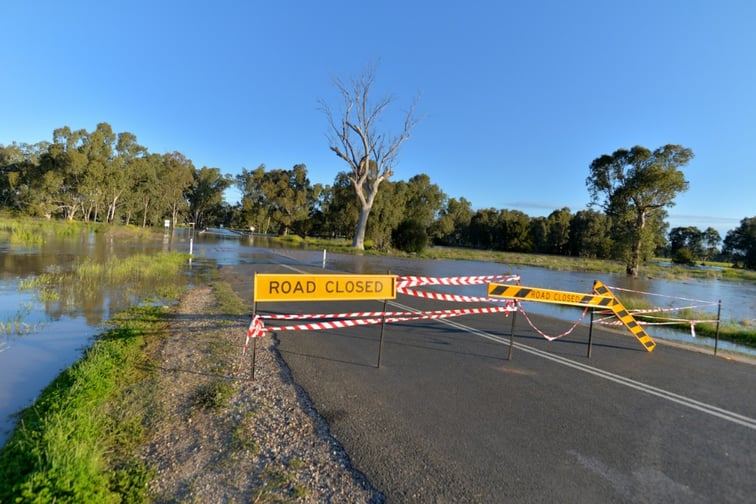

In a submission to the Select Committee on Australia’s Disaster Resilience, the Australian Consumers Insurance Lobby (ACIL) has outlined measures and guidelines to make homes more resilient and set out funding possibilities.
The submission highlighted insurance’s crucial role in responding to major catastrophic events.
“At the time of a major catastrophic event, the federal government should ensure that properties are repaired in a more resilient way,” ACIL said. “ACIL believes the government should set in place requirements on what must be done during the repair process to ensure resilience.”
Examples of such mandated measures or guidelines that could be implemented include the following:
According to ACIL, funding options for its recommended measures could include the following:
ACIL said mitigation is essential in minimising natural disaster costs, benefiting consumers through lower insurance costs.
The consumer representative group said viable funding models for disaster mitigation include the following:
“ACIL believes resilience and mitigation ate beneficial not only from the direct impact of the disaster at a major catastrophic event but also indirectly through reduced costs of insurance,” ACIL said.
ACIL has been calling for insurance affordability and accessibility and making Australia more resilient to extreme weather events.
In a previous statement, the group expressed its disappointment with “misgivings with the insurance pool,” explaining that the savings of up to 46% for homeowners offered by the government through the cyclone reinsurance pool were still needed to address persisting insurance affordability issues in northern Australia.
Fearing that the cyclone reinsurance pool will not generate the savings needed for flood-impacted regions, ACIL identified ways to generate premium savings.
